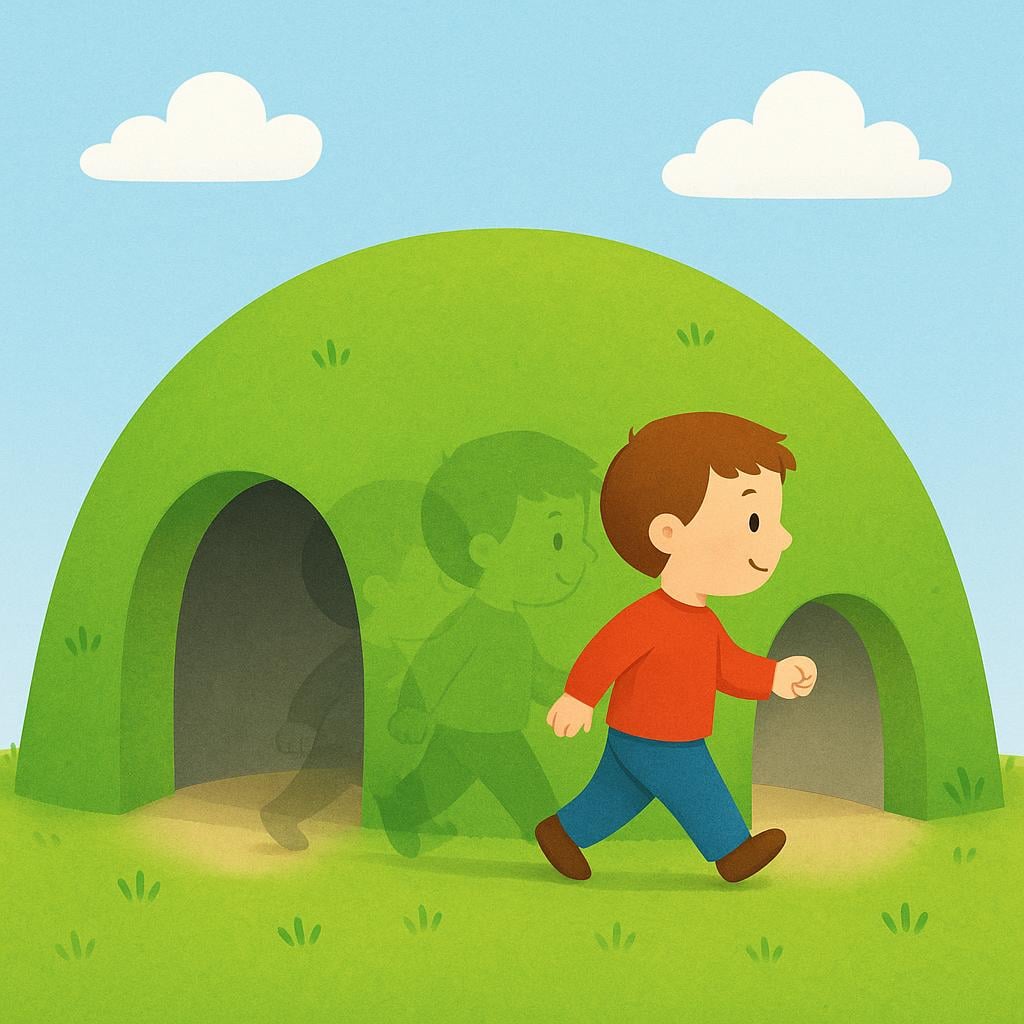
través
/tra-BES/
📝 In Action
Miro a través de la ventana para ver el jardín.
A2I look through the window to see the garden.
El tren viaja a través de las montañas.
B1The train travels through the mountains.
Aprendí mucho a través de mis errores.
B1I learned a lot through my mistakes.
Nos comunicamos a través de videollamadas.
B2We communicate by means of video calls.
💡 Grammar Points
The Inseparable Trio: 'a través de'
Think of 'través' as a word that almost never goes out alone. It's nearly always part of the three-word team 'a través de' to mean 'through' or 'by means of'.
❌ Common Pitfalls
Don't Forget 'de'!
Mistake: "Caminamos a través el parque."
Correction: Caminamos a través del parque. You almost always need 'de' after 'a través' to connect it to what comes next. Remember, 'del' is just 'de' + 'el' squished together.
⭐ Usage Tips
Physical vs. Abstract 'Through'
'A través de' works perfectly for both physical movement, like 'walking through a forest' (caminar a través del bosque), and for abstract ideas, like 'learning through experience' (aprender a través de la experiencia).
✏️ Quick Practice
💡 Quick Quiz: través
Question 1 of 1
Which sentence correctly uses 'a través de' to mean 'by means of'?
📚 More Resources
Frequently Asked Questions
What's the difference between 'por' and 'a través de'?
They can be very similar! 'A través de' often emphasizes crossing from one side completely to the other, like looking 'through a window' or walking 'through a tunnel'. 'Por' can also mean 'through', but it's more general and can also mean 'along', 'around', or 'by'. When talking about 'by means of' (like 'I learned it through an app'), they are often interchangeable, but 'a través de' can sometimes feel a bit more specific or formal.